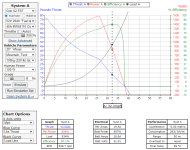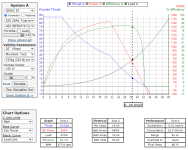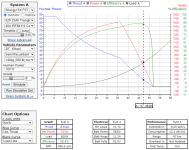marka-ee
100 W
- Joined
- Mar 24, 2020
- Messages
- 173
I'm building a Tadpole trike with 20-inch rims all the way around. I like to be able to go at least 50 kilometers per hour, so I'm wondering if it's feasible at all to use a geared hub motor to achieve this. I typically use direct drive hub motors, but I'm curious about the geared ones, as they can be lighter. My concern is that the RPMs of the wheel might be just too high for a geared setup. What do you guys think?




